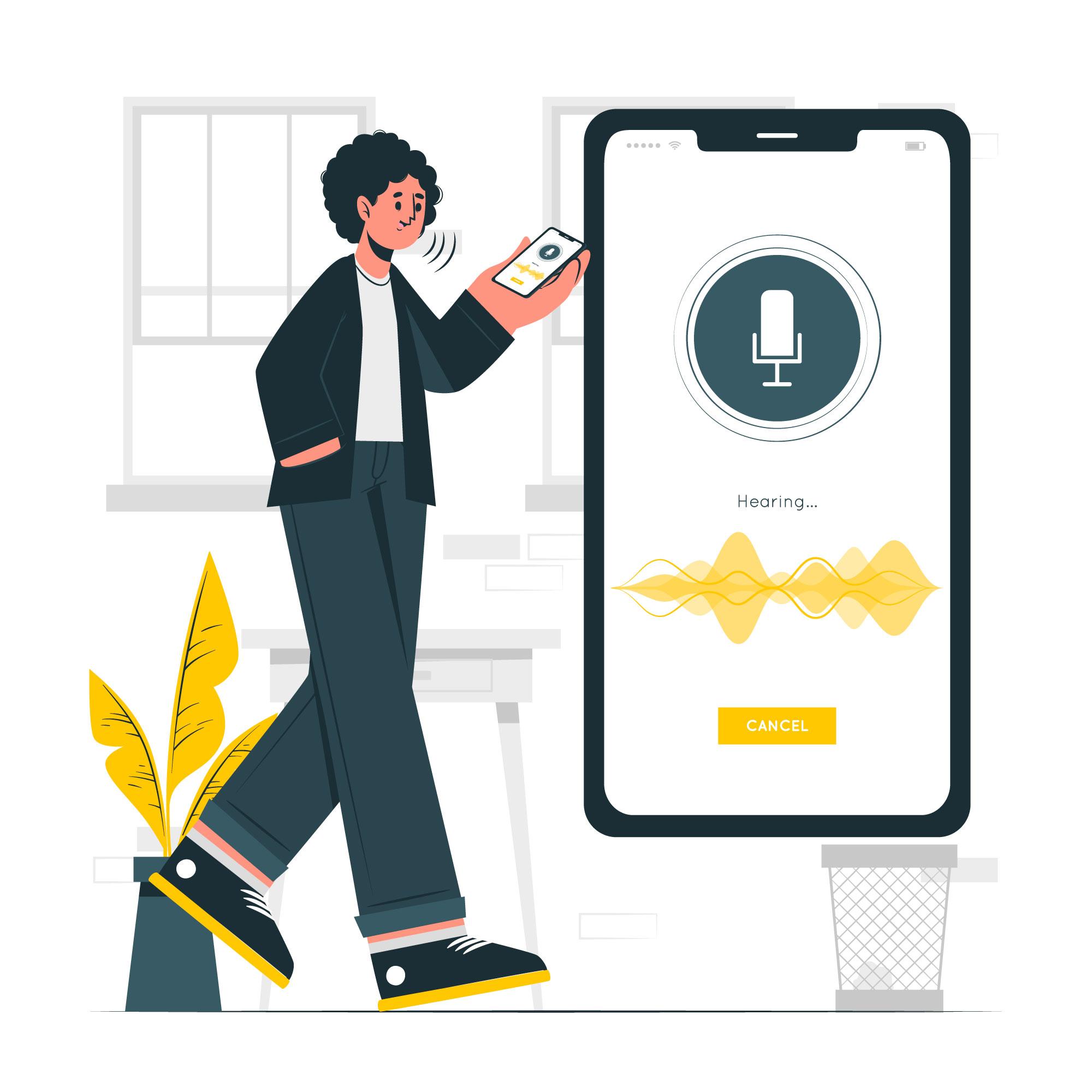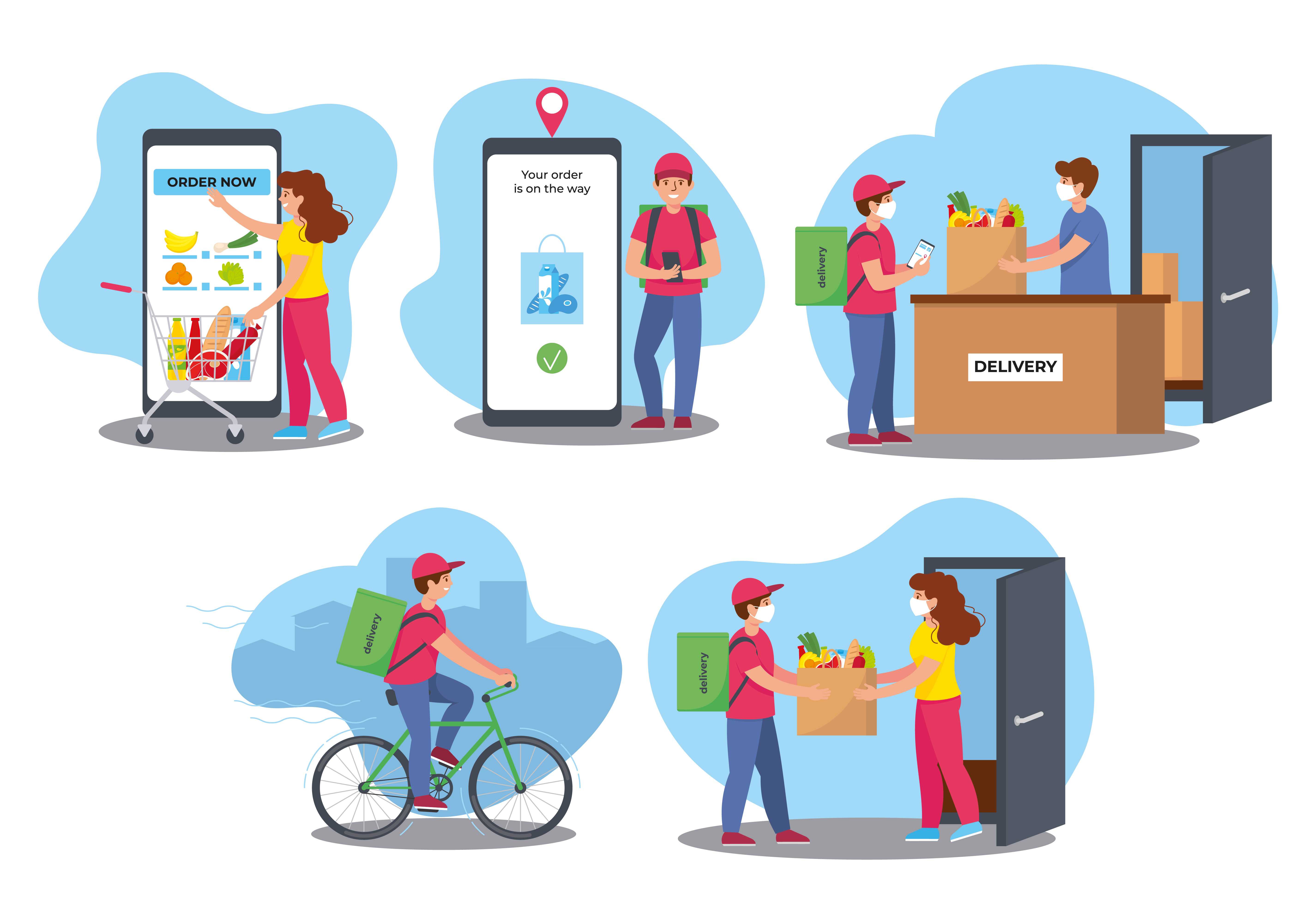The people that make the technology don’t let their own children use it. We should do the same.
Parenting has become more hands on. Most parents micromanage every single aspect of their children’s lives. One thing that many parents seem to ignore micromanaging is their children’s time with technology. In the past two decades, technology has changed at breakneck speed. Compared to what we had in the 90s, technology has invaded every aspect of our life. We are not saying that technology is bad. Most technology is good. The question to ask however is, “Should parents give their children access to technology?”
If we were to believe the people that run these megalith tech companies, they wouldn’t, for good reason, let their children use a lot of technology. During a New York Times interview, when late Steve Jobs, the pioneer of Apple Inc was asked about how much his kids love the iPad, he responded by simply stating how his kids don’t use technology at home.

When Chris Anderson, CEO of 3D Robotics was asked about why him and his wife keep their five kids off technology, he candidly mentioned how he has seen the negative impact of technology exposure on kids.
There’s a slew of Silicon Valley executives who keep their kids from the technology by limiting their overall screen time to a few minutes each day. They go as far as to send their children to private schools that don’t contain any technology exposure in their curriculum. For instance, the Waldorf School only imparts hands-on education instead of using computers or projectors to teach their students.
Adults are addicted to technology. It takes spectacular effort to get people these days to look up from their screens. If adults are so easily affected, children would be as well. What makes children more susceptible to social damage is that they are being exposed to the technology from a very young, impressionable age. Their reliance on technology might result in them leading handicapped, incomplete lives in the future. The lack of physical, social interaction might steal their imagination, creativity and wonder away.
Imagine not wanting to go outside to play. We cannot, right?
Unfortunately, children these days prefer to stay indoors and play video games on their phones, tablets, or laptops instead of playing outside. The endorphin rush from physical movement, the social skills we learned during our hands-on interactions with other children, and the amount of information we retained in the absence of Google search was phenomenal.
This is not just our 90s nostalgia talking. World renowned scientists are proving how smartphones are hacking our brains. When done correctly using cybernetics, brain hacking isn’t bad. When done subconsciously though, it impairs the development of a child’s brain. Why would we consciously want to do that?
Hands-on learning has worked for centuries. Depending on what individual learning style works for your child, hands-on learning will help them become well-rounded individuals. We are not advocating for a ban on technology. Children need to be taught about technology. They just need not become addicted to technology. Limiting their screen time might be a good place to start.
Children don’t necessarily need to learn how to use Instagram, Snapchat, Fortnight, etc. They are not missing anything out. You aren’t robbing your child of wholesome experiences by limiting their screen time. You are encouraging them to develop healthier ways to live and learn. Take away their phone and you are making them less dependent on technology.
In that sense, Silicon Valley executives have it right. While they invent and promote the technology, their children don’t get to use it as often as adults do. Instead, their children lead wholesome, tech-free lives full of experiences and joy. Don’t hand a smartphone to your child to keep them busy. Play with them for a bit. Take your children out on nature hikes. They might detest you initially for denying them their precious screen, but they’ll forget about it once they get to run wild.
At the end of the day, that’s what we remember the most about our childhood, right? Those fun evenings at the park, those weekends spent climbing mountains and walking barefoot on beaches, poking bugs, eating grass, plucking flowers – wholesome experiences that make life worth living.



You may also like

Ethics in Healthcare Research: Protecting Your Privacy and Opinions

The Future of Voice Surveys: Will We Be Talking to Our Devices to Complete Surveys?

How Your Opinions Shape A Brand’s Services and Its Performance in the Market

The Role of The Respondent Community in Your Survey Journey

Copyright © 2025-2026 Track Opinion. all rights reserved.



